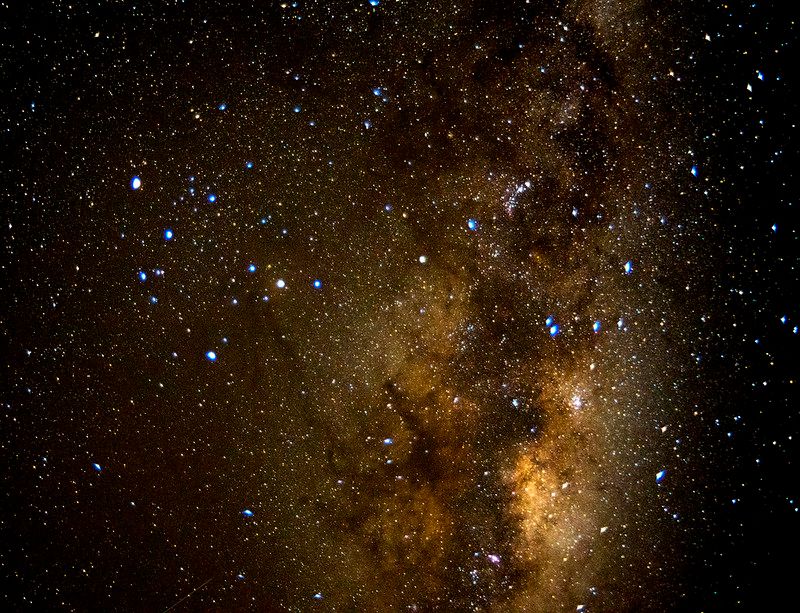Home/Curriculum resources/Indigenous Astronomy and the Solar System/Activity 1 - Planet nomenclature
Learning Area:
Science
Year levels:
Level 5, Level 6
Suggested timing:
30 minutes
Required resources:
Laptop/tablet, Internet access

Activity 1 - Planet nomenclature
This activity is a part of the Indigenous Astronomy and the Solar System resource.
Scorpius featuring Mars and Saturn. Photographer: Peter Lieverdink. Source: Flicker. License: CC BY-SA 2.0.
In this activity, students will research and share Aboriginal or Torres Strait Islander names for visible planets, explore their ordering by distance and size, and analyze how these names reflect knowledge about the planets, offering insights into cultural perspectives on celestial bodies.
Step by step guide
Step 1: Research
Students conduct their own research online to find an Aboriginal or Torres Strait Islander name for each of the five visible planets, how that culture describes them, and share them with the class. 0 Planet names in Aboriginal languages can be difficult to find, but many are recorded for Venus, so that is a suggested focus. 0
Step 2: Independent work
There is an optional match-up activity of the table below that students could undertake first.
Have students list the planet names in order of distance from the Sun. Try again by ordering them by size.
Students can answer the following questions:
How do these names reflect knowledge about the planet?
Are things like colour, brightness, or position in the sky important?
Why is Jupiter associated with a yam?
Why is Venus sometimes called the Morning or Evening Star?
Planet | Name | Meaning | Language | Place |
|---|---|---|---|---|
Mercury | Gowaman | Young Girl | Wardaman | Northern Territory |
Venus | Ilwel | Morning Star | Meriam Mir | Torres Strait |
Mars | Gumba | Fat | Kamilaroi | New South Wales |
Jupiter | Wurnda wurnda yarroa | Man eating yams | Murrawarri | New South Wales |
Saturn | Irukulpinja | Brother of Venus | Pitjantjatjara | South Australia |
Related activities within this resources:

Inquiry-based learning questions
These inquiry-based questions are provided for flexible classroom use, allowing teachers to tailor discussion and reflections specific to their classroom needs.

What is Stellarium?
Discover Stellarium, a digital planetarium that offers a vivid depiction of the night sky worldwide, showcasing the celestial dance of the Sun, Moon, planets, and stars in real-time.

Activity 2 - Observing retrograde motion using Stellarium
In this activity, students will use the Stellarium digital planetarium to visually explore retrograde motion of planets, observing their positions relative to stars and constellations, and take notes on their movements.
Suggested timing:
30 minutes
Required resources:
Stellarium app, Laptop/tablet

Activity 3 - Observing the planets (Homework task)
In this homework activity, students will hone their observational skills by identifying planets in the evening sky without relying on apps or aids.
Required resources:
Star wheel for the southern hemisphere